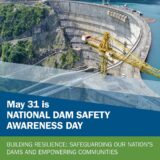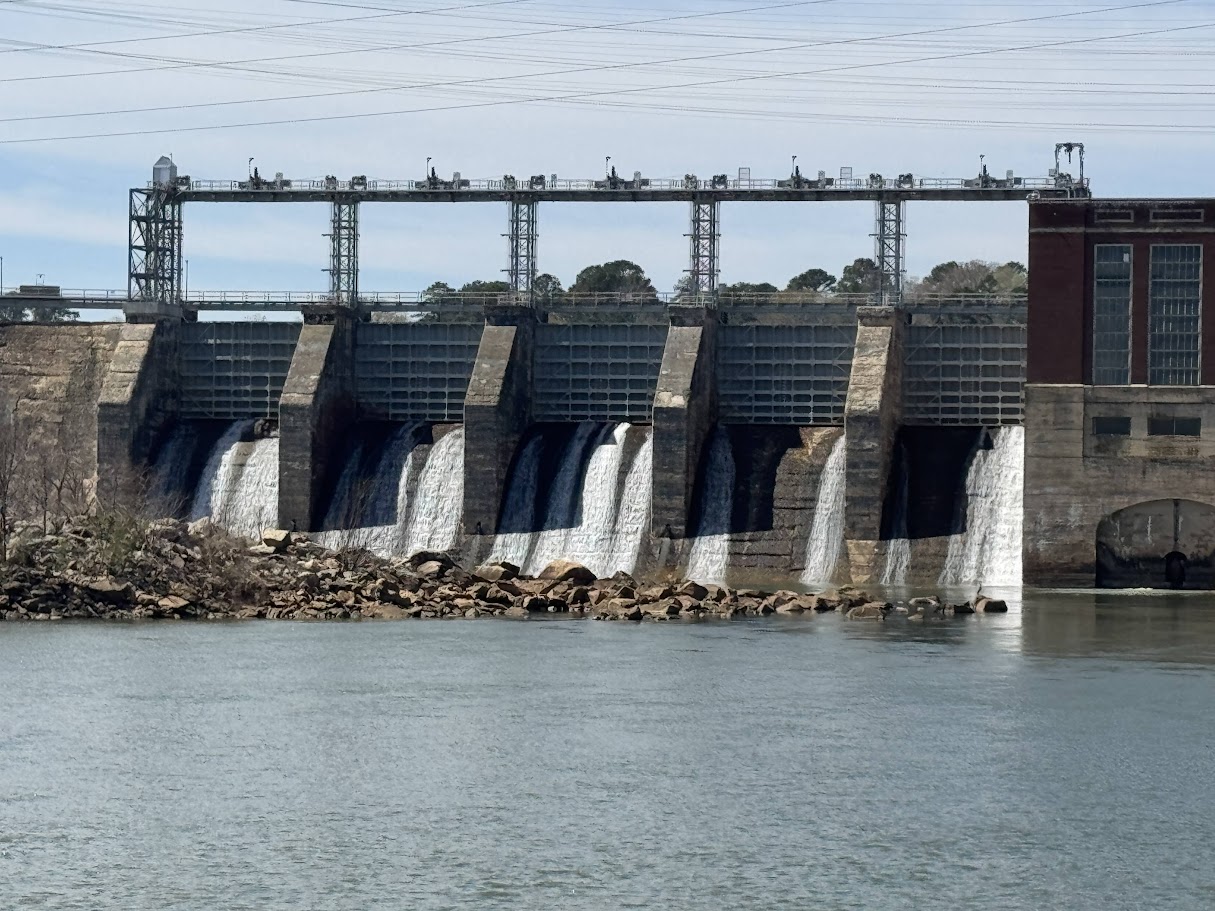COLUMBIA, S.C. — In recognition of National Dam Safety Awareness Day on May 31, the South Carolina Department of Environmental Services (SCDES) is urging residents to understand the function and regulation of dams, especially for those living or working near dam-created water bodies.
Dams play a vital role in South Carolina’s infrastructure, with nearly all freshwater lakes and ponds in the state formed by damming rivers or streams. These structures serve multiple purposes, including irrigation, hydroelectric power, recreation, flood control, water supply, and supporting fish and wildlife habitats.
SCDES oversees approximately 2,200 state-regulated dams through its Dams & Reservoirs Safety Program. The program conducts routine inspections and pre-storm assessments to ensure dam owners maintain their structures safely. An interactive map detailing every regulated dam in South Carolina is available at des.sc.gov/dams.
John McCain, Manager of SCDES’s Dam Safety Section, emphasized the responsibility of dam owners:
“The South Carolina Dams and Reservoirs Safety Act states that a dam owner is solely responsible for maintaining their dam in a safe condition throughout its life. Our inspectors work closely with dam owners to address any issues and ensure compliance with safety standards.”
In South Carolina, a dam falls under state regulation if it meets any of the following criteria:
-
Height of 25 feet or more from the top to the bottom of the structure
-
Capacity to impound 50 acre-feet (approximately 16.3 million gallons) or more of water at maximum storage
-
Classified as high-hazard potential, where failure could result in loss of human life, regardless of size
Regulated dams are categorized by hazard potential:
-
High Hazard (C1): Failure likely to cause loss of life and/or significant infrastructure damage
-
Significant Hazard (C2): Failure unlikely to cause loss of life but may damage infrastructure
-
Low Hazard (C3): Failure may cause limited property damage
 The Association of State Dam Safety Officials provides an online Dams 101 resource where dam owners and people who live or work near dams and reservoirs can find in-depth information, graphics and resources that explain the importance of dams, as well as potential risks associated with them.
The Association of State Dam Safety Officials provides an online Dams 101 resource where dam owners and people who live or work near dams and reservoirs can find in-depth information, graphics and resources that explain the importance of dams, as well as potential risks associated with them.
Nationally, the U.S. Army Corps of Engineers maintains a National Inventory of Dams for the more than 90,000 regulated dams across the country, of which 18% are considered High Hazard dams.
Dams classified as High or Significant Hazard are required to have an Emergency Action Plan (EAP), outlining procedures to minimize injury, loss of life, and property damage in the event of potential dam failure.
National Dam Safety Awareness Day commemorates the catastrophic failure of the South Fork Dam in Johnstown, Pennsylvania, on May 31, 1889, which resulted in over 2,200 deaths. The day serves as a reminder of the importance of dam safety and the shared responsibility among individuals and communities to maintain and monitor these critical structures. Dam Safety Association
For more information on dam safety and resources, visit the Association of State Dam Safety Officials at damsafety.org/NDSAD.










